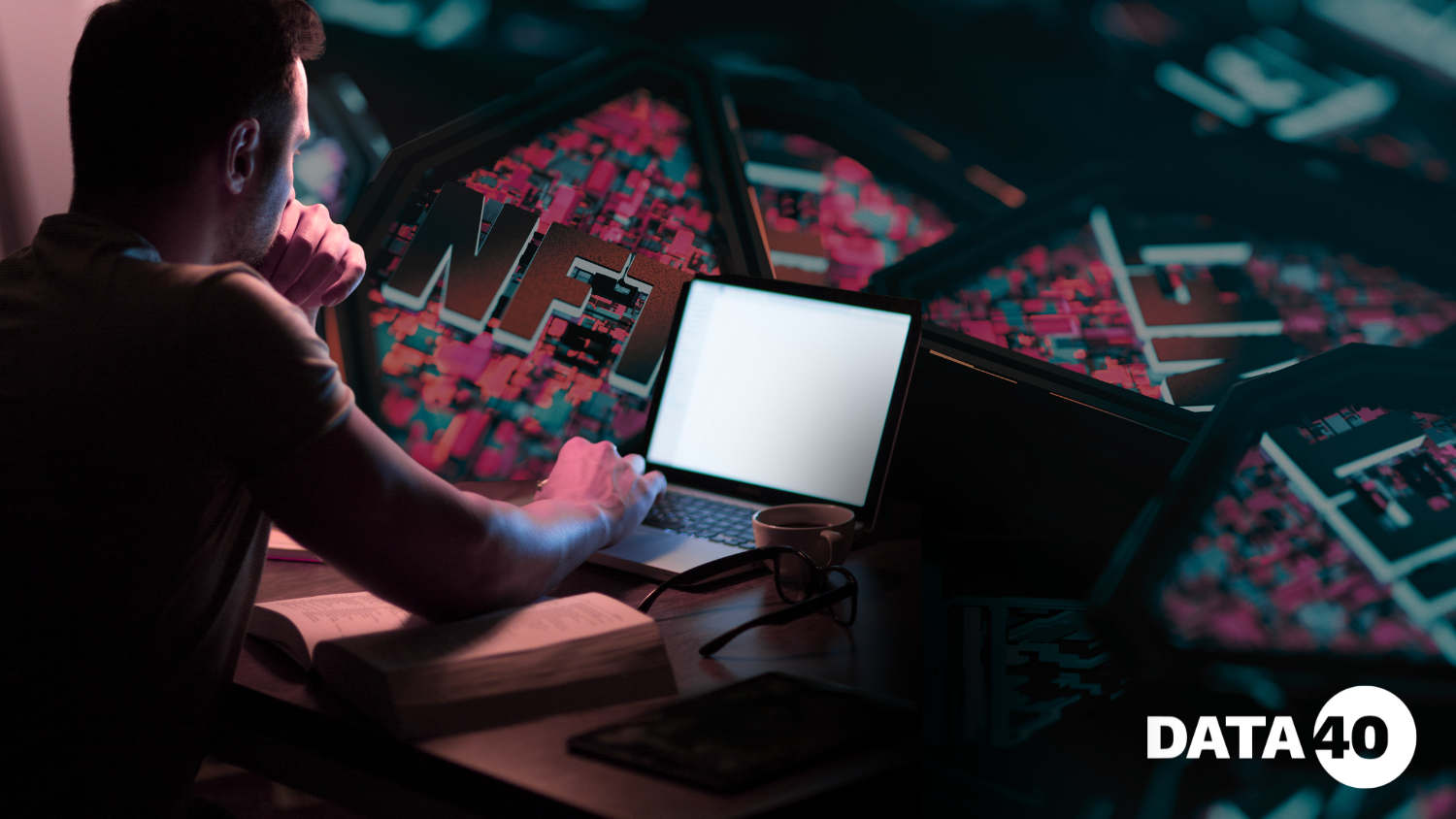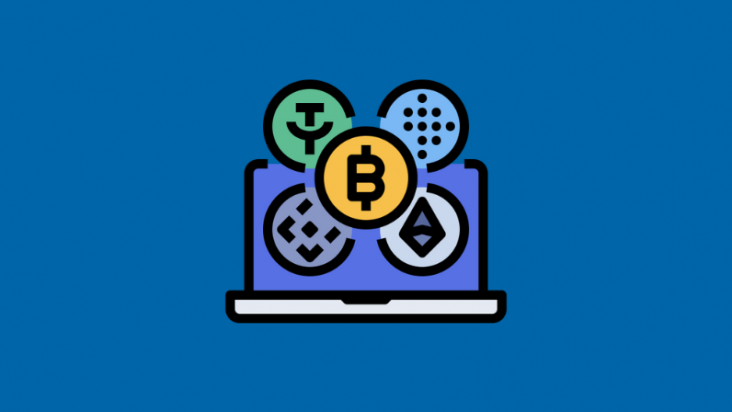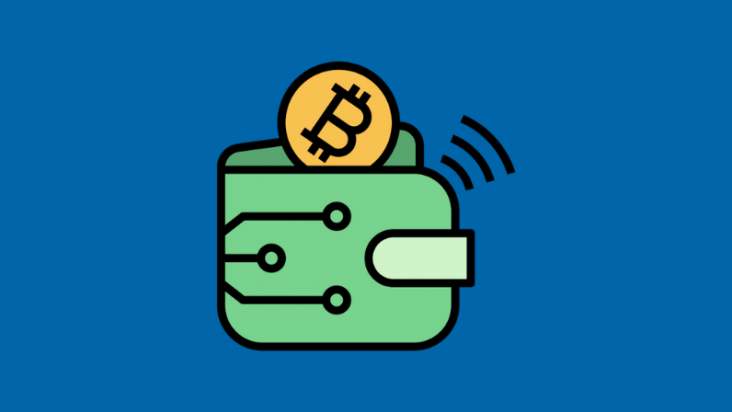

Understanding NFTs
Non-Fungible Tokens (NFTs) have taken the digital world by storm. Unlike cryptocurrencies, which are identical and interchangeable, NFTs represent unique assets. These can range from digital art and music to virtual real estate and collectibles. NFTs are secured on blockchain technology, ensuring their originality and ownership cannot be duplicated or altered. As the popularity of NFTs continues to grow, more individuals are exploring how to create and launch their own tokens. This guide provides a comprehensive step-by-step approach for beginners venturing into the NFT market.
NFTs differ from traditional digital assets in their inherent uniqueness. Each NFT carries specific information that distinguishes it from any other, even if they represent similar content. This uniqueness is what drives value, making NFTs highly sought after by collectors and enthusiasts. Understanding the basics of NFTs and their underlying technology is crucial before diving into the process of creating and selling them.
Step 1: Choose Your Digital Asset
The first step in launching your NFT is selecting the digital asset you want to tokenize. This could be a piece of digital art, music, video, or any other digital creation. The key is to choose something unique that holds value for potential buyers. Take the time to ensure your digital asset is of high quality and stands out in a crowded market. Consider the target audience and what might appeal to them. Whether you are an artist, musician, or content creator, your digital asset should reflect your creativity and innovation.
When selecting your digital asset, think about its potential long-term value and appeal. Unique, rare, or highly creative pieces tend to attract more attention and higher bids. You should also consider the technical aspects of your creation, such as file size and format, to ensure compatibility with NFT marketplaces. High-resolution images, videos with clear audio, and well-produced music tracks are more likely to succeed.
Step 2: Select a Blockchain
Once you have your digital asset, the next step is to choose the blockchain on which to mint your NFT. The most popular blockchain for NFTs is Ethereum, known for its robust security and widespread adoption. Other options include Binance Smart Chain, Flow by Dapper Labs, and Tezos. Each blockchain has its own advantages and fee structures, so it’s essential to research and choose the one that best fits your needs. Consider factors such as transaction fees, speed, and the community support available for each blockchain.
Ethereum is favored for its well-established ecosystem and compatibility with major NFT platforms. Binance Smart Chain offers lower transaction fees and faster processing times, making it an attractive option for cost-conscious creators. Flow by Dapper Labs is specifically designed for digital collectibles and games, providing a user-friendly experience. Tezos is known for its energy-efficient consensus algorithm, appealing to environmentally conscious creators. Assessing these factors will help you make an informed decision on which blockchain to use.
Step 3: Set Up a Digital Wallet
To create and sell NFTs, you’ll need a digital wallet compatible with the blockchain you’ve chosen. A digital wallet is a software application that allows you to store, send, and receive digital assets. Popular wallets for Ethereum include MetaMask, Trust Wallet, and Coinbase Wallet. Ensure your wallet is secure and backed up, as losing access to your wallet can mean losing your NFTs. Follow best practices for security, such as enabling two-factor authentication and keeping your recovery phrases in a safe place.
Setting up a digital wallet involves downloading the wallet application, creating an account, and securing your credentials. It’s crucial to store your recovery phrases offline and in multiple secure locations. This ensures that even if your device is lost or compromised, you can still access your digital assets. Familiarize yourself with your wallet’s features and interface to streamline the process of minting and managing your NFTs.
Step 4: Minting Your NFT
Minting is the process of creating your NFT on the blockchain. This involves uploading your digital asset to an NFT marketplace and converting it into a unique token. Popular NFT marketplaces include OpenSea, Rarible, and Mintable. Each platform has its own minting process, but generally, you’ll need to connect your digital wallet, upload your digital asset, and provide details such as the title, description, and price. Minting may incur a fee, known as a gas fee, which varies depending on the blockchain and network congestion.
When minting your NFT, provide a detailed and engaging description that highlights the uniqueness and value of your digital asset. Include relevant keywords to improve discoverability. High-quality visuals and a compelling story behind your creation can make your NFT more attractive to potential buyers. Be transparent about any additional perks or benefits associated with owning your NFT, such as exclusive content or access to future releases.
Step 5: Listing Your NFT for Sale
Once your NFT is minted, the next step is to list it for sale on the marketplace. You can choose to sell your NFT at a fixed price or through an auction. Fixed-price sales involve setting a price at which buyers can purchase the NFT immediately. Auctions allow buyers to bid on your NFT, with the highest bidder winning the token. Decide on the best sales strategy based on your goals and the nature of your digital asset. Ensure your listing includes a compelling description and high-quality visuals to attract potential buyers.
Fixed-price listings offer the advantage of immediate sales and clear pricing, making them ideal for creators who want a straightforward transaction. Auctions, on the other hand, can generate excitement and competition, potentially driving up the final sale price. Consider starting your auction








